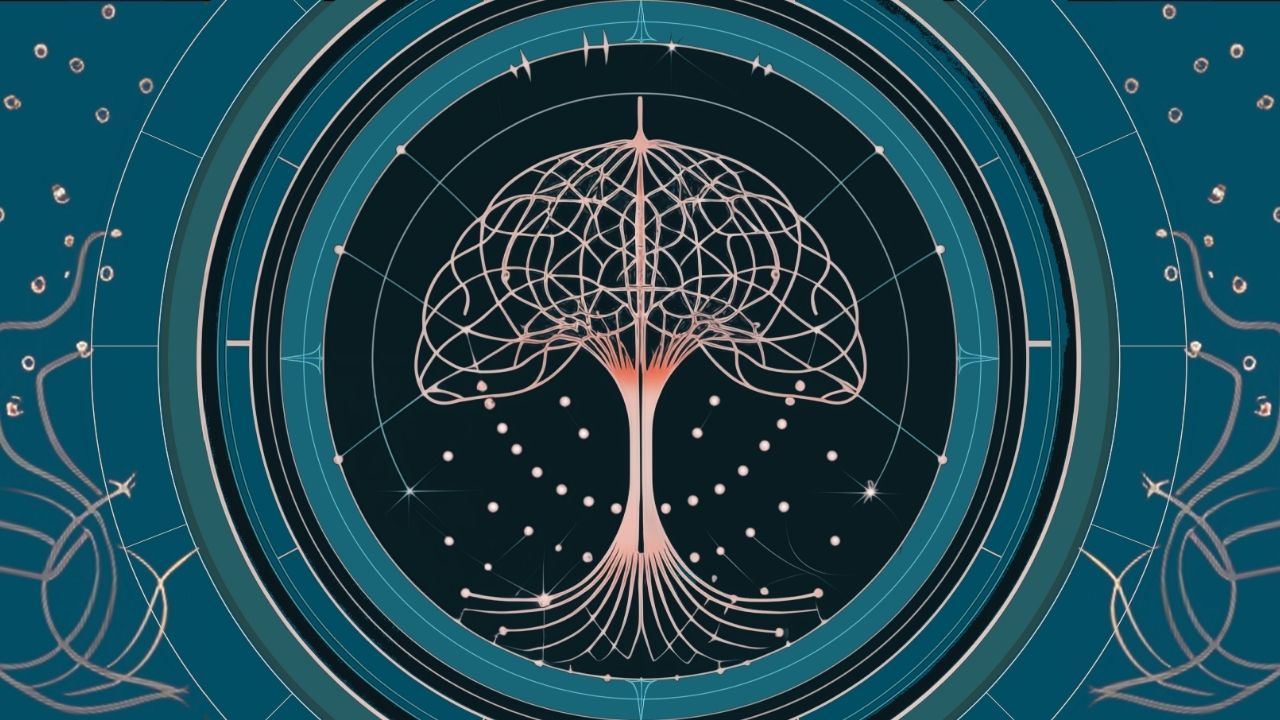
Linear algebra might sound like a complex topic, but it's actually a fascinating branch of mathematics that deals with vectors, matrices, and linear transformations. Why should you care about linear algebra? Because it's the backbone of many fields, including computer science, engineering, physics, and even economics. Imagine trying to understand 3D graphics, machine learning, or quantum mechanics without it—nearly impossible! This blog post will break down 22 intriguing facts about linear algebra that will make you appreciate its importance. Whether you're a student, a professional, or just curious, these facts will provide a clearer picture of how linear algebra shapes our world. Ready to dive in? Let's get started!
Key Takeaways:
- Linear algebra is a fascinating branch of math that deals with vectors, transformations, and equations. It's used in physics, computer graphics, and even Google's PageRank algorithm!
- From ancient origins to modern applications, linear algebra plays a crucial role in science, engineering, and everyday life. It helps us understand quantum states, optimize resource allocation, and even secure digital communications.
What is Linear Algebra?
Linear algebra is a branch of mathematics that deals with vectors, vector spaces, linear transformations, and systems of linear equations. It's a fundamental area of study with applications in various fields such as physics, computer science, engineering, and economics. Let's dive into some fascinating facts about linear algebra.
Historical Background
Understanding the history of linear algebra can give us insight into its development and significance.
-
Ancient Origins: The roots of linear algebra can be traced back to ancient civilizations like the Babylonians and Egyptians, who used methods to solve linear equations.
-
Determinants: The concept of determinants was first introduced by Japanese mathematician Seki Kowa in the 17th century.
-
Matrix Theory: The term "matrix" was coined by James Joseph Sylvester in 1850, although the study of matrices began earlier with Arthur Cayley.
Fundamental Concepts
Linear algebra is built on several core concepts that form its foundation.
-
Vectors: Vectors are quantities that have both magnitude and direction, essential in physics and engineering.
-
Vector Spaces: A vector space is a collection of vectors that can be added together and multiplied by scalars, following specific rules.
-
Linear Transformations: These are functions that map vectors to other vectors in a way that preserves vector addition and scalar multiplication.
-
Matrices: Matrices are rectangular arrays of numbers that represent linear transformations and systems of linear equations.
Applications in Science and Engineering
Linear algebra is not just theoretical; it has practical applications in many scientific and engineering fields.
-
Physics: In physics, linear algebra is used to describe quantum states and transformations.
-
Computer Graphics: Matrices and vectors are crucial in computer graphics for rendering images and animations.
-
Engineering: Engineers use linear algebra to model and solve problems related to structures, circuits, and systems.
-
Economics: Economists apply linear algebra to model economic systems and optimize resource allocation.
Advanced Topics
Beyond the basics, linear algebra extends into more complex and intriguing areas.
-
Eigenvalues and Eigenvectors: These are special sets of scalars and vectors associated with a matrix that reveal important properties about linear transformations.
-
Singular Value Decomposition (SVD): SVD is a method of decomposing a matrix into simpler, interpretable components, widely used in data compression and noise reduction.
-
Orthogonality: Orthogonal vectors are perpendicular to each other, a concept used in various algorithms and optimizations.
-
Diagonalization: Diagonalizing a matrix simplifies many computations, making it easier to understand and solve linear systems.
Computational Aspects
With the advent of computers, linear algebra has become even more powerful and accessible.
-
Numerical Methods: Algorithms like Gaussian elimination and LU decomposition are used to solve large systems of linear equations efficiently.
-
Software Tools: Programs like MATLAB, NumPy, and Mathematica provide powerful tools for performing linear algebra computations.
-
Machine Learning: Linear algebra is the backbone of many machine learning algorithms, including regression, classification, and neural networks.
Real-World Examples
Linear algebra's influence extends into everyday life in surprising ways.
-
Search Engines: Google’s PageRank algorithm uses linear algebra to rank web pages based on their importance.
-
Cryptography: Techniques in linear algebra help secure digital communications through encryption and decryption.
-
Robotics: Robots use linear algebra to navigate and interact with their environment, performing tasks with precision.
-
Image Processing: Techniques like image compression and enhancement rely on linear algebra to manipulate and improve visual data.
Final Thoughts on Linear Algebra
Linear algebra isn't just about solving equations. It's a powerful tool used in computer graphics, engineering, and even quantum physics. Understanding matrices and vectors can open doors to various fields. Whether you're a student or a professional, mastering these concepts can boost your problem-solving skills. Remember, eigenvalues and eigenvectors aren't just fancy terms; they're crucial for understanding complex systems. So, keep practicing those matrix operations and vector spaces. You'll find that linear algebra is more than just numbers and letters; it's a way to see the world differently. Keep exploring, keep questioning, and most importantly, keep learning. Linear algebra might seem tough at first, but with persistence, you'll get the hang of it. Happy calculating!
Frequently Asked Questions
Was this page helpful?
Our commitment to delivering trustworthy and engaging content is at the heart of what we do. Each fact on our site is contributed by real users like you, bringing a wealth of diverse insights and information. To ensure the highest standards of accuracy and reliability, our dedicated editors meticulously review each submission. This process guarantees that the facts we share are not only fascinating but also credible. Trust in our commitment to quality and authenticity as you explore and learn with us.
